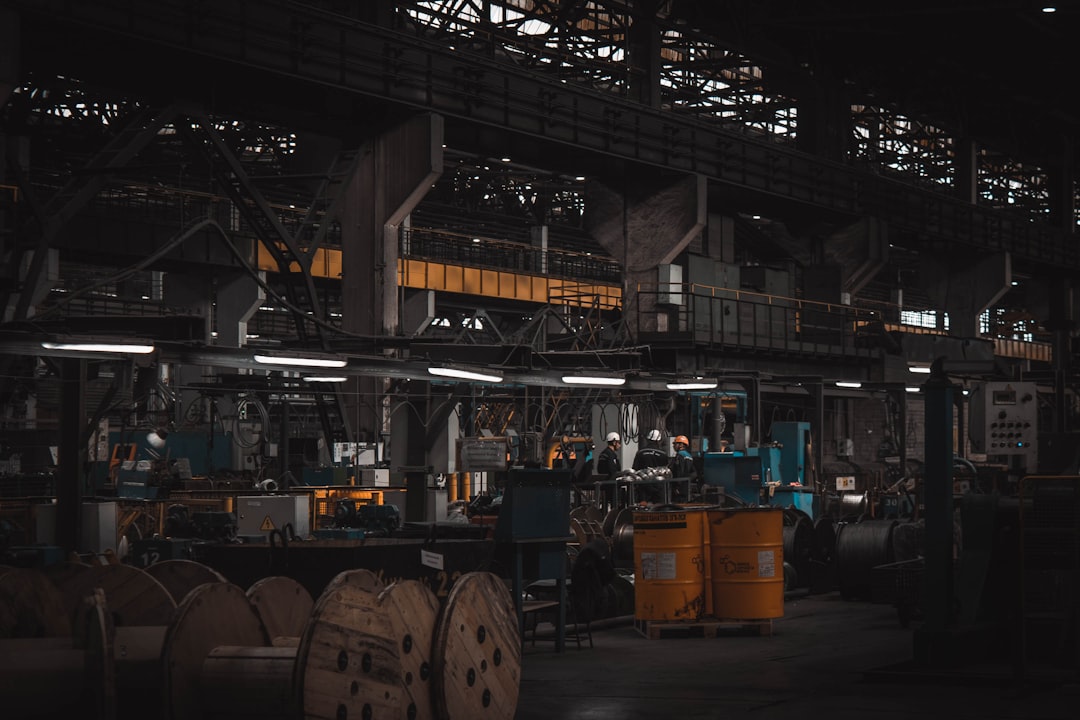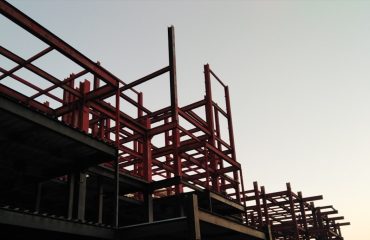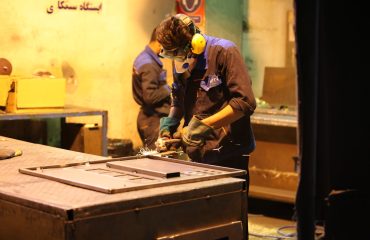Industrial steel frame projects are transforming the landscape of modern construction, offering unparalleled strength, flexibility, and cost-effectiveness. From sprawling warehouses to sleek manufacturing plants, the use of steel frames is revolutionizing how we design and build industrial spaces. This comprehensive guide delves into the key aspects of these projects, exploring their design, construction, benefits, applications, and future trends.
The Design Process: Precision and Planning in Steel Frame Construction
The design phase of an industrial steel frame project is crucial. It involves meticulous planning and detailed engineering to ensure structural integrity, safety, and compliance with building codes. This begins with a thorough site assessment, considering factors such as soil conditions, seismic activity, and environmental regulations. Architects and structural engineers work collaboratively to create precise blueprints, specifying the type and size of steel sections, connections, and bracing systems. Advanced software like Building Information Modeling (BIM) is increasingly utilized to create 3D models, allowing for better visualization, coordination between different trades, and detection of potential clashes before construction begins. Detailed specifications are then prepared for procurement of materials, ensuring that the chosen steel conforms to the required standards and specifications for strength, durability, and corrosion resistance. The design process also accounts for future expansion possibilities, ensuring the structure can adapt to changing needs. Efficient design minimizes material waste and optimizes construction timelines.
Construction Techniques: Speed, Efficiency, and Precision on Site
Construction of industrial steel frame projects is characterized by speed and efficiency. Pre-fabricated steel components, often manufactured off-site, are transported to the construction site and assembled with relative ease. This modular approach significantly reduces on-site construction time, minimizing disruption and accelerating project completion. Heavy-duty cranes and specialized lifting equipment are employed to precisely position and connect the steel members. Welding, bolting, and other connection techniques are used to create strong and durable joints. Quality control is paramount throughout the process, with regular inspections to ensure adherence to the design specifications and building codes. The use of advanced technologies, such as laser scanning and GPS-guided machinery, enhances precision and minimizes errors. Efficient site management and coordination between different trades are vital to maintain the momentum and ensure timely completion.
Advantages of Steel Frame Construction: Strength, Durability, and Sustainability
Industrial steel frame construction offers a multitude of advantages over traditional construction methods. The high tensile strength of steel allows for the creation of large, open spans without the need for numerous supporting columns, maximizing usable space. Steel structures are highly durable and resistant to fire and extreme weather conditions, ensuring longevity and minimizing maintenance costs. Steel is also a highly recyclable material, contributing to the sustainability of the project. The speed of construction translates into faster project completion and reduced overall costs. Furthermore, the precision of steel fabrication minimizes material waste, further enhancing efficiency. Steel frames also offer greater flexibility in design, allowing for complex shapes and configurations to meet specific functional requirements. The use of lightweight steel sections also reduces the overall load on the foundation, potentially lowering the foundation costs.
Applications of Industrial Steel Frame Projects: A Versatile Solution
The versatility of steel frame construction makes it suitable for a wide range of industrial applications. Large warehouses and distribution centers benefit from the open spans and high load-bearing capacity of steel structures. Manufacturing plants require robust and adaptable spaces, making steel frames an ideal choice. Cold storage facilities utilize steel’s ability to withstand extreme temperatures. Agricultural buildings, such as barns and greenhouses, can be efficiently constructed using steel frames. Even specialized structures like aircraft hangars and power plants utilize steel’s unique properties. The ability to customize the design and incorporate various cladding materials (metal, concrete, insulated panels) adds to the versatility and aesthetic appeal of steel frame projects. The adaptability of steel allows for easy expansion or modification in the future, accommodating changing business needs.
Future Trends in Industrial Steel Frame Projects: Innovation and Sustainability
The future of industrial steel frame projects is shaped by innovation and a growing emphasis on sustainability. The use of high-strength, low-alloy steels is increasing, allowing for lighter and more efficient structures. Advanced connection techniques, such as high-strength bolting and innovative welding methods, further enhance the structural performance and reduce construction time. The integration of smart building technologies, such as sensors and automated systems, is improving energy efficiency and operational management. Sustainable design practices, including the use of recycled steel and environmentally friendly coatings, are becoming increasingly prevalent. Prefabrication and modular construction are expected to become even more sophisticated, leading to faster and more cost-effective construction processes. Research into new steel alloys and construction methods promises further improvements in strength, durability, and sustainability, paving the way for even more ambitious and innovative industrial steel frame projects in the years to come.
Tags: Industrial Steel Frame, Steel Construction, Warehouse Construction, Manufacturing Buildings, Steel Frame Design




